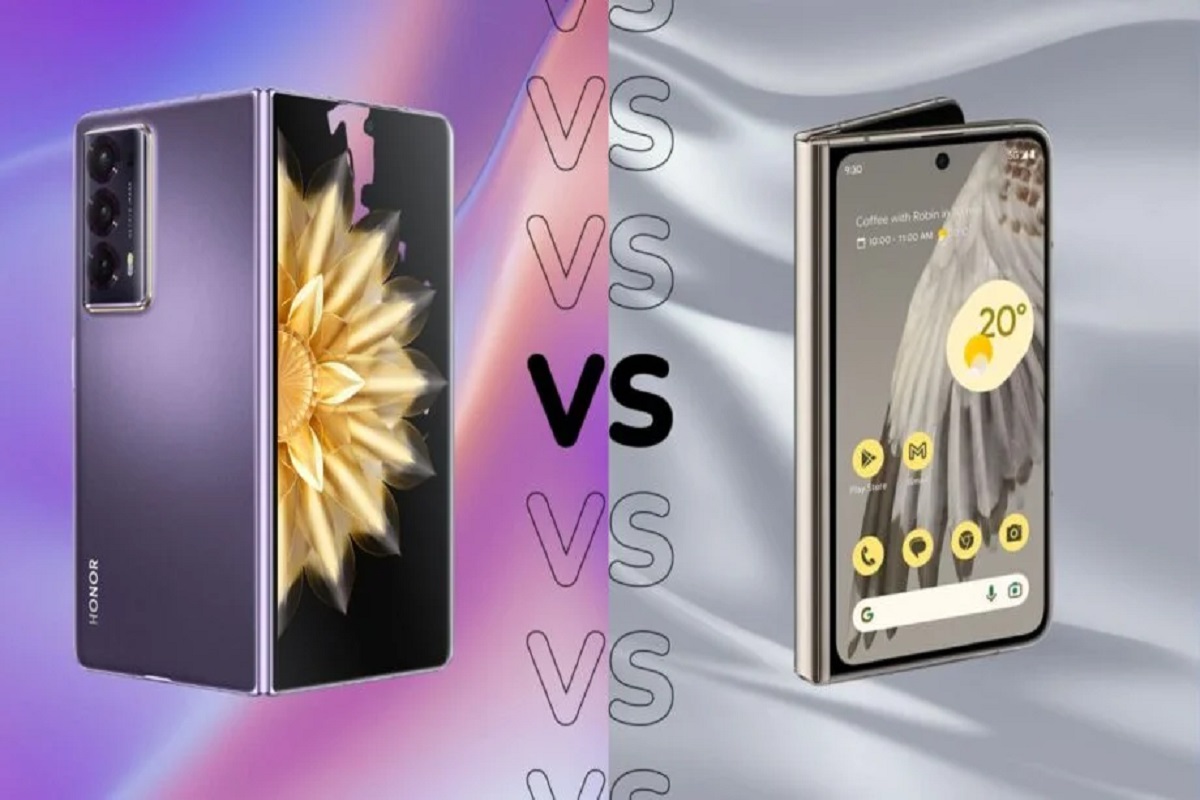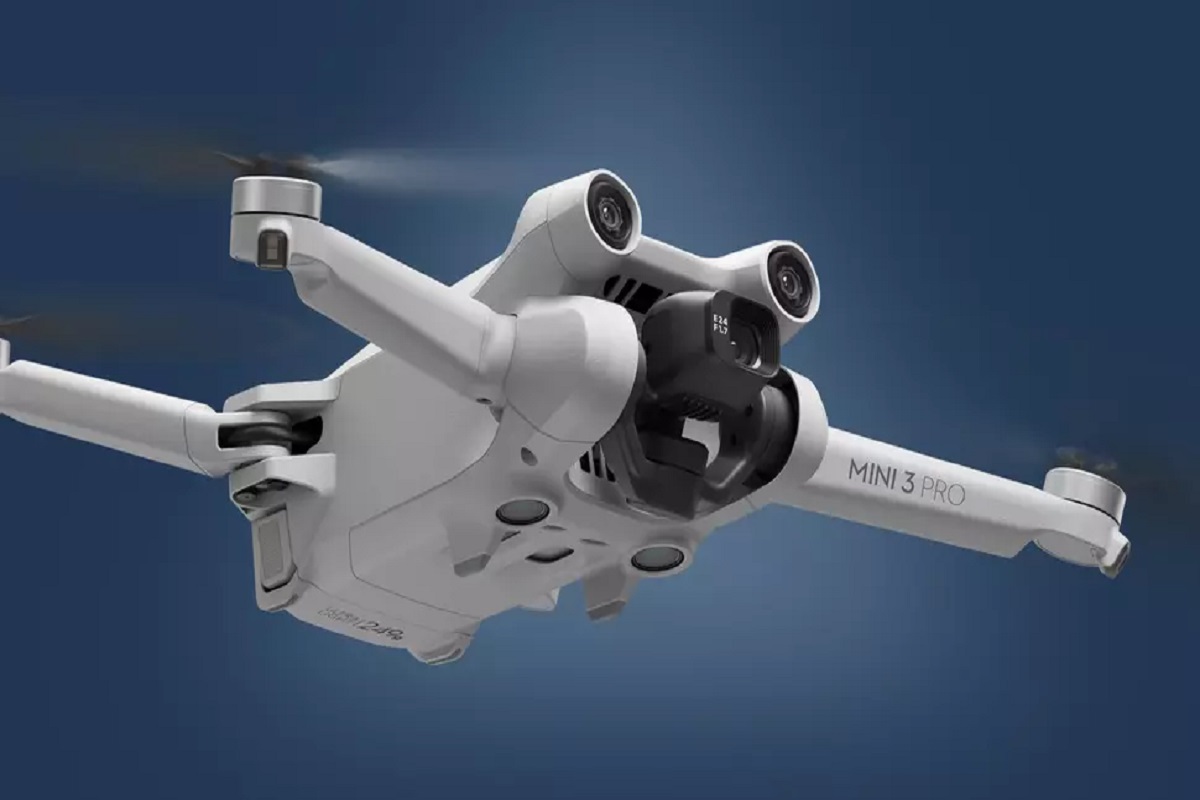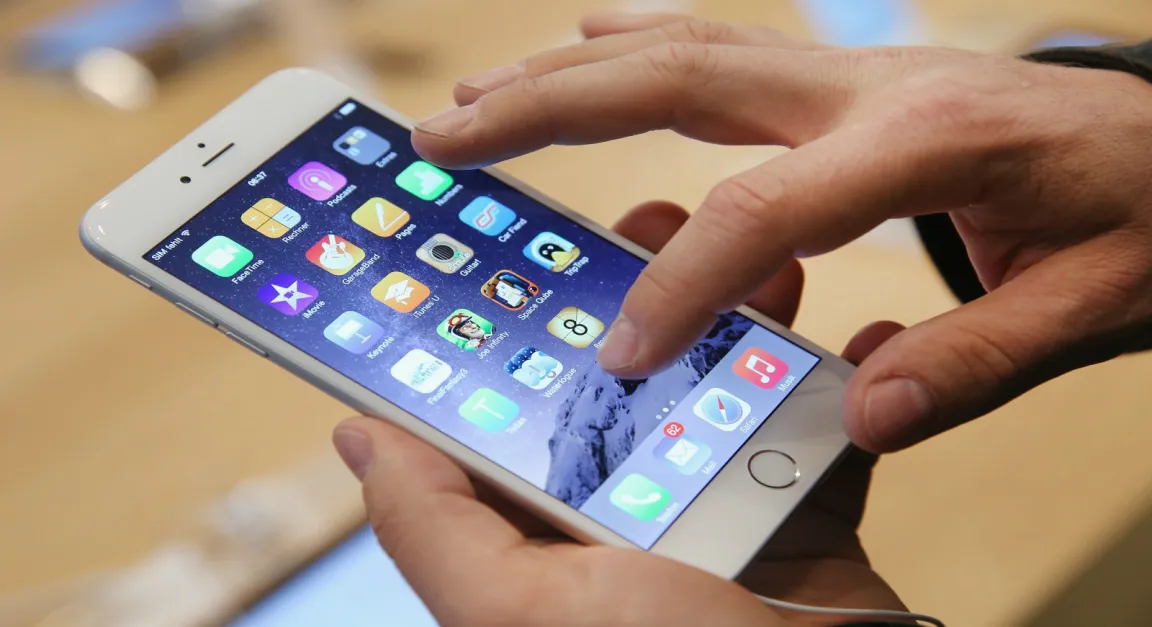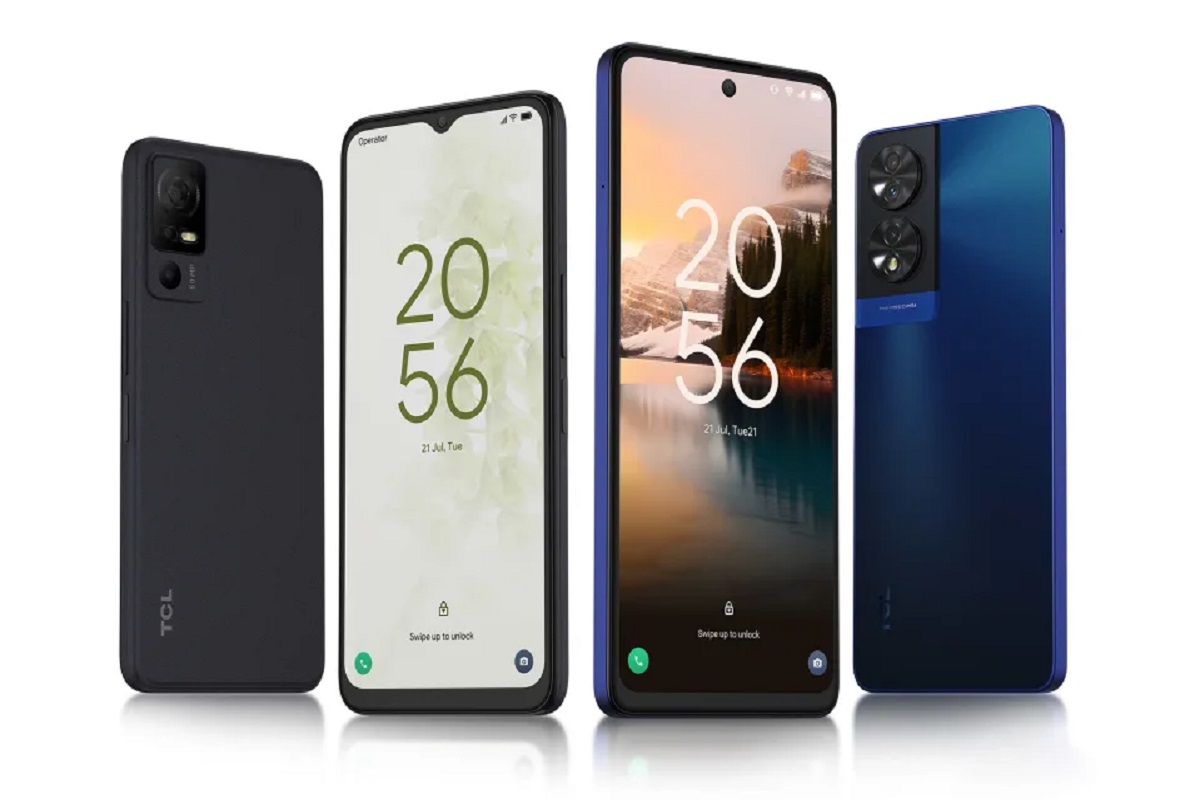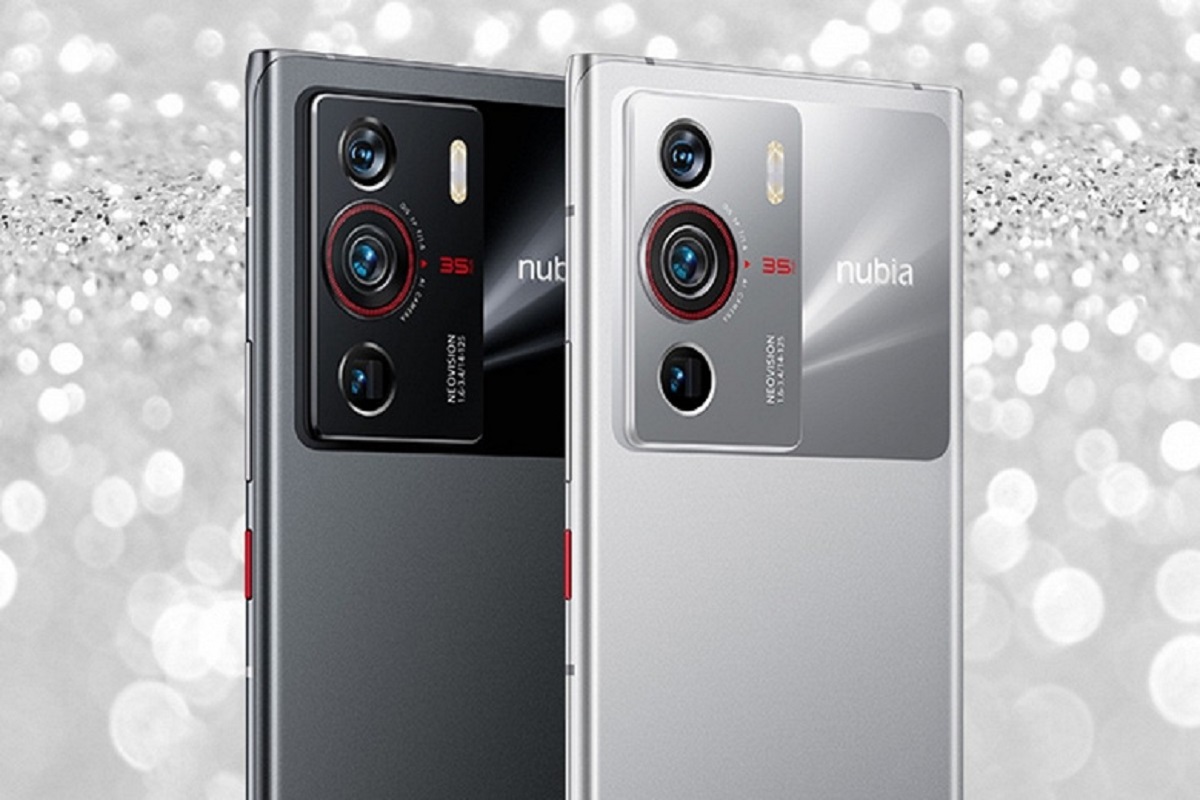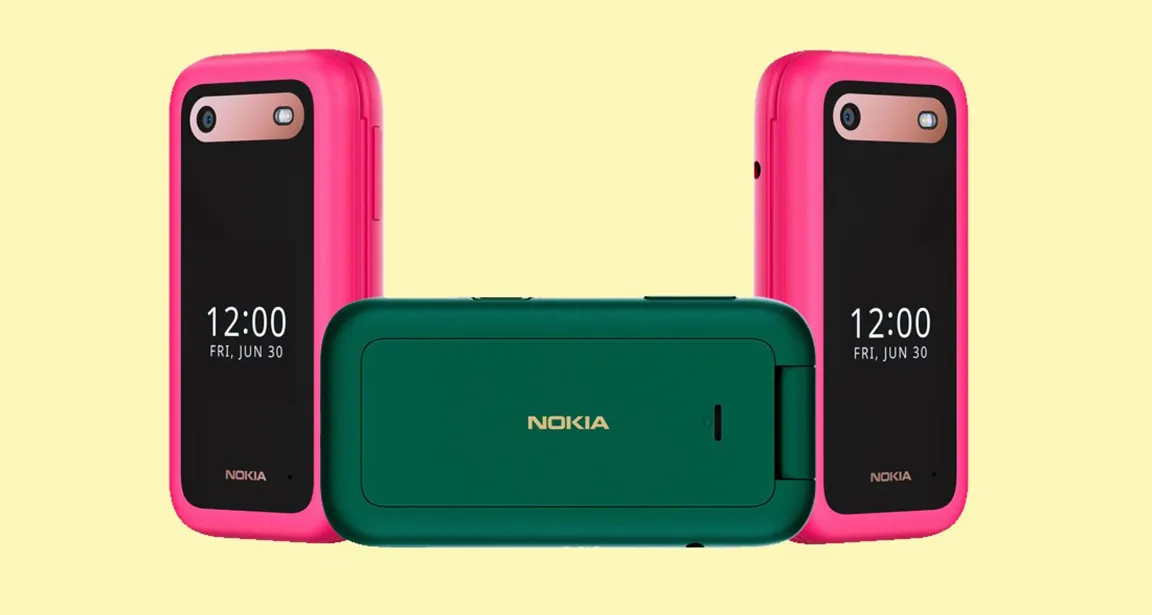Boult Audio, a well-known Indian brand, has introduced a new addition to its lineup of smartwatches, the Boult Sterling Pro. This smartwatch offers a sturdy build and includes a feature not commonly found in sub-$150 smartwatches: a blood pressure monitor.
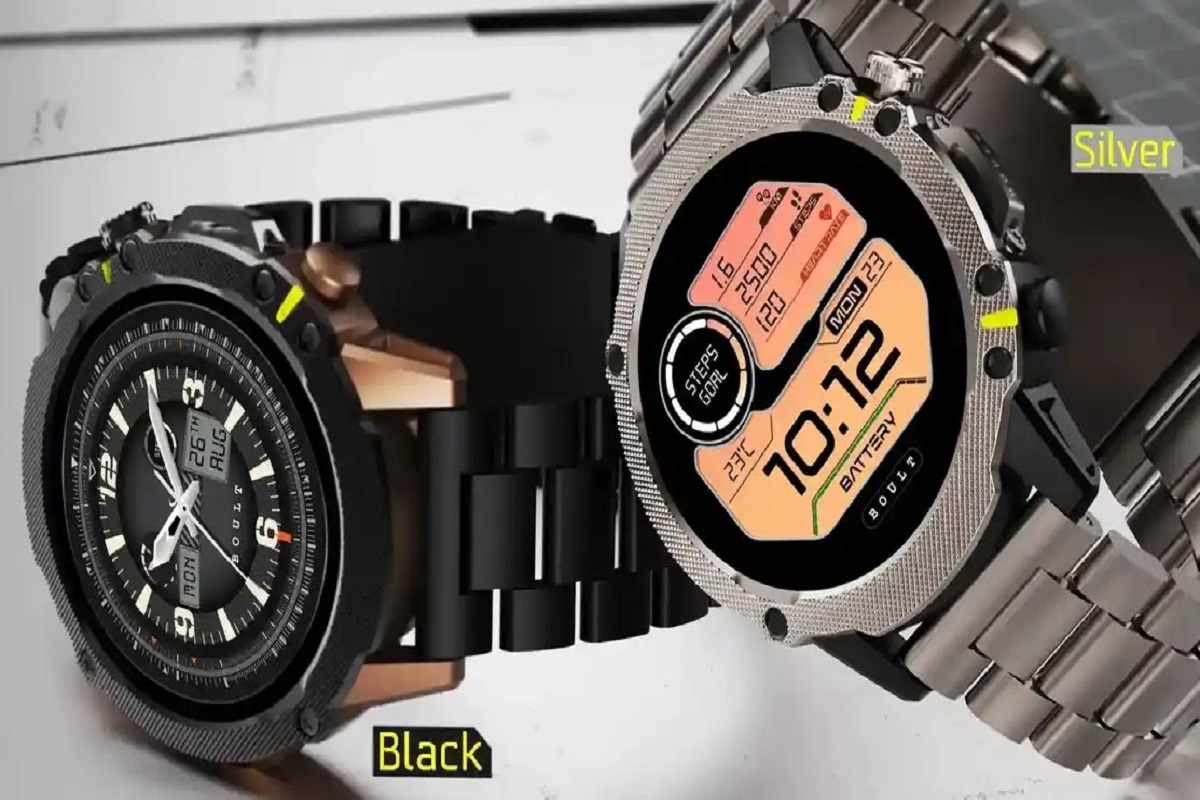
In terms of design, the Boult Sterling Pro boasts a circular dial with a metallic unibody construction and a durable strap. On the right side of the watch, you’ll find a rotating crown and a physical button, which aid in navigating the user interface. Moreover, this smartwatch has received an IP68 certification, indicating its water-resistant capabilities.
The device features a vibrant AMOLED display that measures 1.43 inches. With a resolution of 466 x 466 pixels and an impressive peak brightness of 800 nits, you can expect clear and vivid visuals.
Moving on to health-related features, the Boult Sterling Pro is equipped with a comprehensive set of tools. It includes a heart-rate monitor, an SpO2 sensor for measuring blood oxygen levels, a sleep and stress tracker, and a menstrual cycle monitor designed specifically for women. Notably, this smartwatch also includes a blood pressure monitor, which is a valuable addition for health-conscious users. Additionally, it provides reminders for staying active and well-hydrated throughout the day.
For fitness enthusiasts, the Boult Sterling Pro offers support for over 100 sports modes, making it suitable for a wide range of physical activities. It is compatible with popular health platforms like Google Fit and Apple Health, ensuring you can seamlessly integrate your health data.
Similar to many smartwatches on the market, the Boult Sterling Pro is equipped with a built-in microphone and speaker, enabling Bluetooth calling directly from your wrist. It offers users the flexibility to make and receive calls without reaching for their smartphones. Moreover, the smartwatch comes with four user interface themes and a variety of watch faces, allowing for personalization.
The Boult Sterling Pro also includes practical features like “find my phone,” providing an easy solution for locating your smartphone when it’s misplaced. It offers real-time weather updates, making it convenient to stay informed about changing weather conditions. Additionally, it includes an AI assistant for added convenience.
The Boult Sterling Pro is competitively priced at just $34. This budget-friendly offering comes in two elegant colors: Black and Silver. You can conveniently purchase the Boult Sterling Pro through the brand’s official website or Flipkart, making it easily accessible to consumers.

